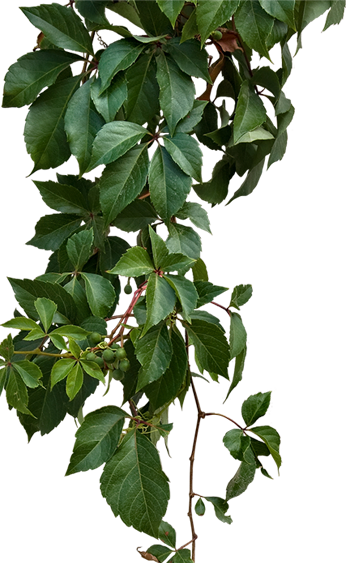
Plant Light Intensity Measurement: Understanding Light for Optimal Growth
- Home
- Plant Light Intensity Measurement: Understanding Light for Optimal Growth
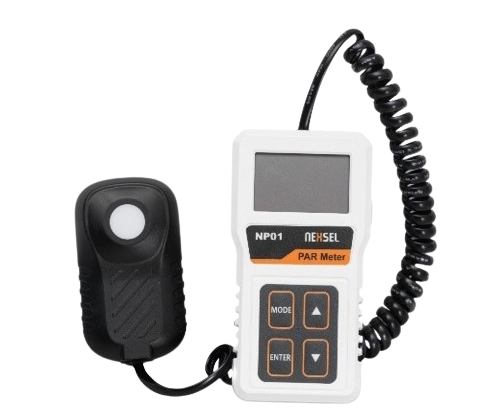
Plant Light Intensity Measurement: Understanding Light for Optimal Growth
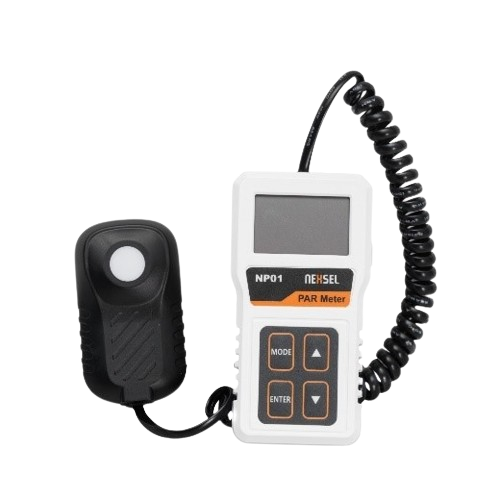
Introduction : Light is a crucial factor for plant growth, influencing processes like photosynthesis and development. The measurement of light intensity is important in understanding how much light plants are receiving and ensuring they get the right spectrum and intensity for optimal growth. However, plant lighting differs significantly from human lighting in both its spectrum and the way we measure it. Below is an overview of key concepts and devices involved in plant light intensity measurement.
Plant Lighting and Its Importance : Plants require light for photosynthesis, which is the process by which they convert light energy into chemical energy. The type of light plants use is measured in terms of Photosynthetically Active Radiation (PAR), which includes light wavelengths between 400-700 nm (violet to red light) that plants use for photosynthesis. Human lighting, on the other hand, is typically designed for visual comfort and efficiency, and the spectrum may not necessarily align with the plant’s photosynthetic needs. Therefore, plant lighting focuses on the intensity and quality (spectrum) of light rather than just the brightness that is important for human activities.
Different Units of Plant Lighting
- PAR (Photosynthetic Active Radiation):
This is the range of light (400-700 nm) that plants use for photosynthesis. PAR is typically measured in micromoles of photons per square meter per second (µmol/m²/s), which indicates the number of photons available for photosynthesis. - PPFD (Photosynthetic Photon Flux Density):
PPFD is a measure of the number of photons in the PAR range arriving at a given surface area per second. It is commonly used to quantify light intensity in plant growth environments. It is expressed in µmol/m²/s, similar to PAR but specifically describes the amount of light hitting a surface. - LUX:
LUX is a unit of light intensity used to measure the brightness perceived by the human eye. It is defined as one lumen per square meter (lm/m²). While LUX is important for human comfort, it does not directly relate to the intensity of light plants use for photosynthesis since human eyes are more sensitive to green light, which is less effective for plants. - Lumen:
Lumen is a measure of the total light output from a source, particularly in the visible spectrum. It is not directly useful for plant growth but helps in understanding the brightness of light sources in human lighting contexts.
Key Differences Between Plant and Human Light : The key difference lies in the spectrum of light.While humans and plants both require light, the types and quantities of light required differ significantly.
Spectral Sensitivity: Human eyes are most sensitive to light in the green-yellow region (around 555 nm), which is why we see green plants as green. However, plants primarily use blue (450–495 nm) and red (620–750 nm) light for photosynthesis. These wavelengths are much more critical for plant growth than the green wavelengths that humans are most sensitive to.
Light Intensity: Humans generally require much lower light intensities than plants. A comfortable light level for human activities, like reading or working, is typically around 300 to 500 lux, whereas plants, depending on the species, may require light intensities ranging from 200 µmol/m²/s to over 2000 µmol/m²/s for optimal photosynthesis.
Photoperiod and Circadian Rhythms: Humans have a natural circadian rhythm tied to the light-dark cycle, but for plants, light duration (photoperiod) can significantly influence flowering, fruiting, and vegetative growth. Some plants require long days (more light exposure) to flower, while others need short days to initiate flowering.
Devices for Measuring Plant Light Intensity
- PAR Meter: This device measures the intensity of light in the PAR range. It is often used in greenhouses and controlled plant growth environments to monitor the light available for photosynthesis. The PAR meter reads light intensity in µmol/m²/s, providing a clear indication of how much usable light is available to plants.
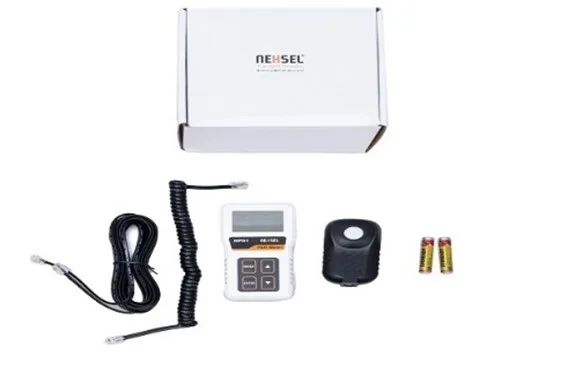
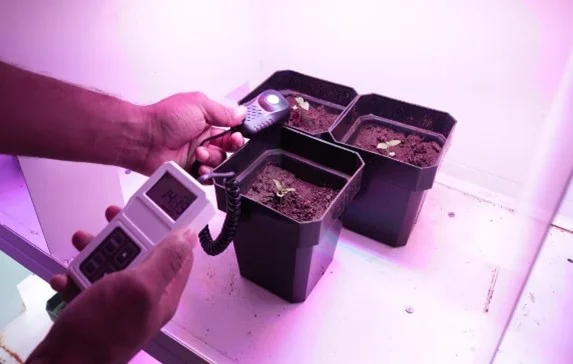
- Spectrometer: A spectrometer measures the wavelength and intensity of light across the entire spectrum. It can provide detailed information about the light quality (wavelengths) in addition to intensity. This is useful for analysing light sources and ensuring they provide the necessary light spectrum for plant growth.
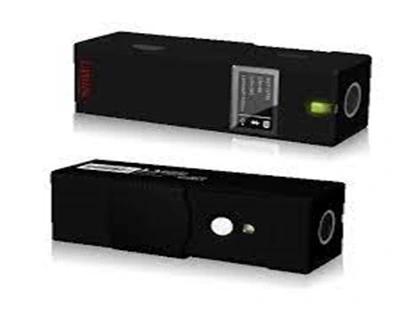

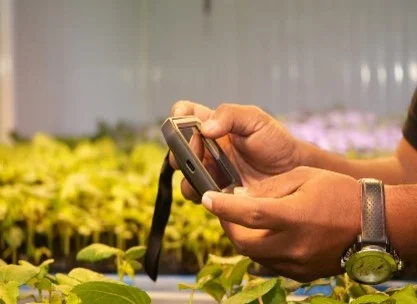
3. Lux Meter: Lux meters are commonly used for human lighting applications but can also be used in plant environments to measure the visible light intensity. However, since LUX measures the light visible to the human eye, it is not directly indicative of the light plants use for photosynthesis
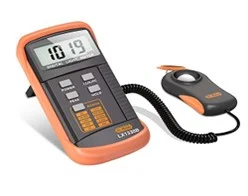
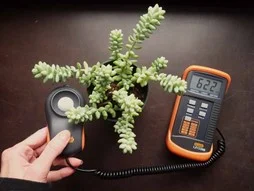
PPFD-LUX Conversion : PPFD and Lux are both units used to measure light, but they measure different aspects of light.
- PPFD (Photosynthetic Photon Flux Density) measures the quantity of light (photons) in the photosynthetically active radiation (PAR) range (400-700 nm) that reaches a given area per second. This is important for plants because it measures how much usable light they are receiving for photosynthesis.
- Lux is a measure of the luminous flux (visible light) incident on a surface. It measures how bright the light appears to the human eye, not necessarily how useful it is for plants.
- 1 µmol/m²/s ≈ 54 LUX for natural sunlight or white LED light.
Conversion between PPFD and Lux :To convert between Lux and PPFD, we need to account for the difference in their wavelength ranges and how they are perceived by the human eye and plants.
Conversion Formula
- PPFD to Lux
Lux=PPFD×K - Lux to PPFD
PPFD=Lux/K
Where:
- K is the conversion factor between PPFD (µmol/m²/s) and Lux. This factor depends on the light source and its spectrum. A typical conversion factor for natural sunlight is about:
- K≈54K approx. 54 for broad spectrum sunlight (under standard conditions, such as direct sunlight or daylight).
- This value can vary based on the type of light, so for artificial light sources (like LEDs or incandescent bulbs), a different value for K is used.
PPFD to Lux Conversion Example : Assume we want to convert PPFD = 1000 µmol/m²/s to Lux using the typical factor for sunlight.
Lux=1000 µmol/m²/s X 54= 54,000 Lux
This means that a PPFD of 1000 µmol/m²/s corresponds to approximately 54,000 Lux under standard sunlight.
Lux to PPFD Conversion Example : If you have Lux = 10,000 Lux and want to convert to PPFD, use the formula:
PPFD=10,000 Lux/54= 185.19 µmol/m²/s
So, 10,000 Lux is equivalent to about 185 µmol/m²/s of PPFD under sunlight.
Important Considerations:
- Spectrum of light: The conversion factor KK changes depending on the light’s spectrum. For example, light from a cool white LED has a different spectrum than sunlight, so the conversion factor would need to be adjusted accordingly.
- Different Light Sources: If you are using different types of artificial lights, the conversion factor will vary. For instance, if you are using LED grow lights, the spectrum and conversion factor will differ from that of incandescent or fluorescent lights.
Conclusion : Measuring light intensity is essential for ensuring plants receive the proper amount of light for optimal growth. Devices like PAR meters and spectrometers provide accurate measurements of light intensity and spectrum, while understanding the differences between plant and human lighting needs helps in designing efficient lighting systems. Although LUX is useful for human lighting, it is not directly applicable to plant growth, making PPFD the preferred measurement for plant light intensity.
References:
- Morrow, R. C. (2008). “LEDs in Horticulture.” HortScience, 43(7), 1947–1954.
- Dunlap, J. R. (2020). “Understanding Light for Plants: A Guide to Lighting for Greenhouses.” The Greenhouse Grower.
- “Light Measurement and Application for Plant Growth” (2012). University of New Hampshire Cooperative Extension.
- Nelson, P. V. (2012). Greenhouse Operation and Management. Prentice Hall.
- Dunlap, J. R. (2020). Understanding Light for Plants: A Guide to Lighting for Greenhouses. The Greenhouse Grower.
- Gauthier, L. (2020). Plant Lighting: Light Intensity and Spectral Quality for Photosynthesis. Agricultural Systems, 179, 102745.
- Rea, M. S., & Freyssinier-Nova, J. (2019). Lighting for Plant Growth: A Comprehensive Review. Journal of Plant Research, 132(5), 909-918.
Comment (1)
Leave A Comment Cancel reply
- Blog Categories
- Basic of Artificial Lighting for Plants
- Basic of grow Light
- Case Studies
- General Awareness
- Indoor Vertical Farming
- Medical Plant Research
- Online Tool
- Pitch Grow Light
- Plant Lighting Measurement
- Speed Breeding
- Supplemental Lighting
- Tissue Culture Grow Lights
- Vertical Green Wall
- LED Grow Lights
- Pharma Segment
- General
Popular Products
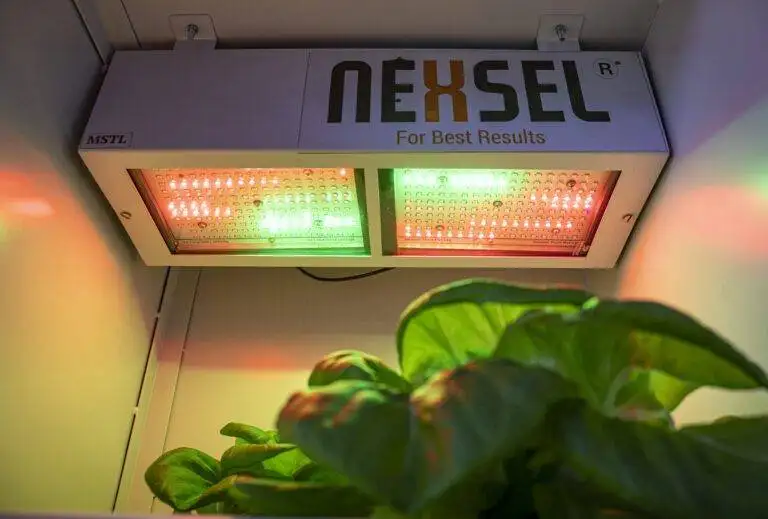
Enquire Now
Quick Link
Other Links
Design & Developed By VBTEK



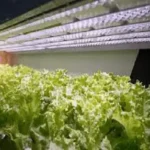
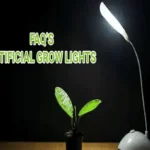
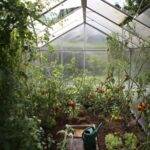
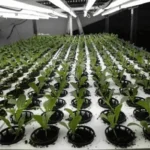
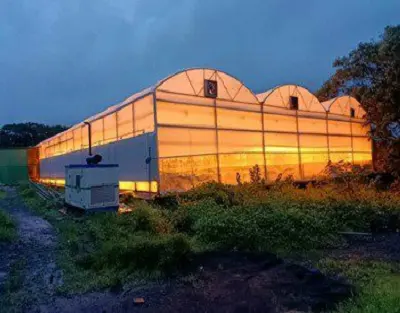
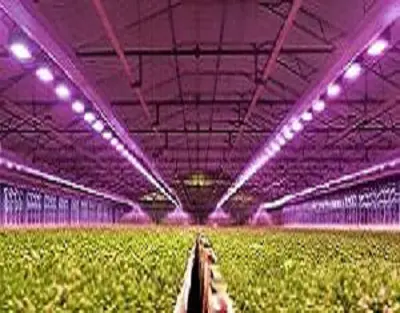
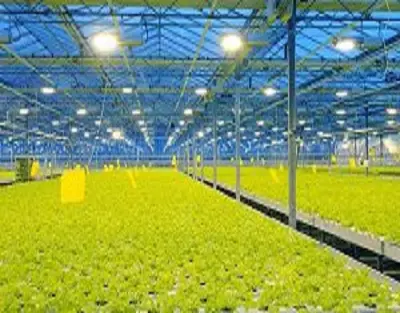

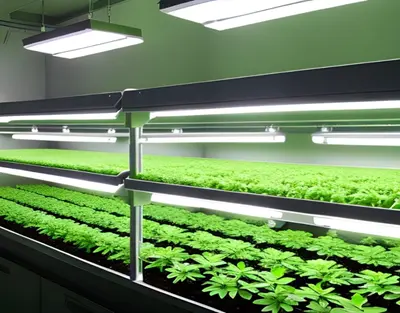
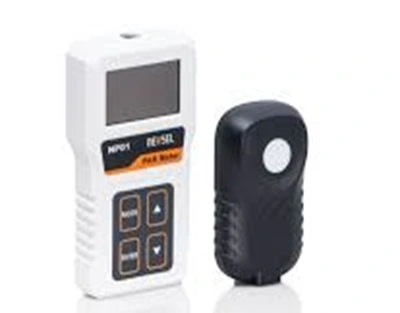
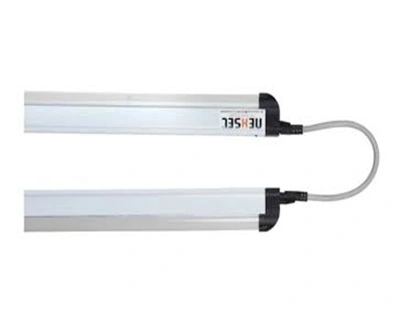
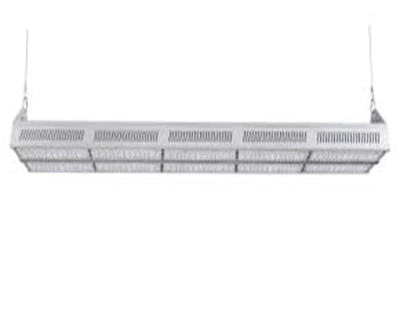
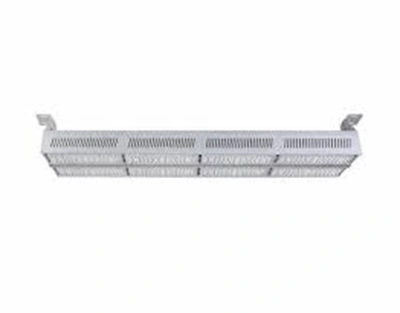
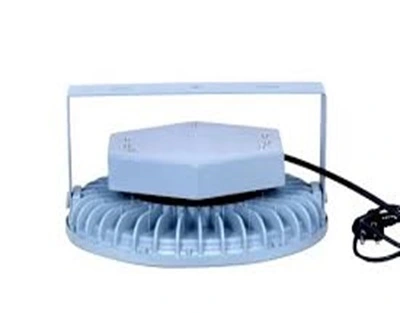
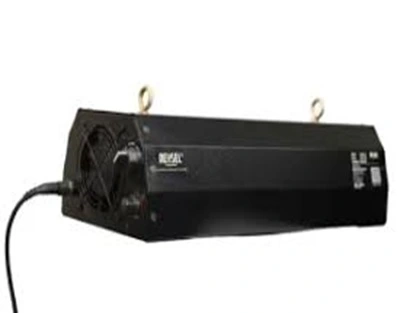
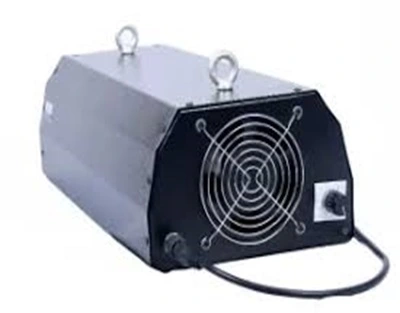
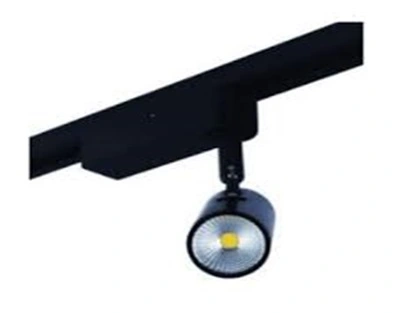
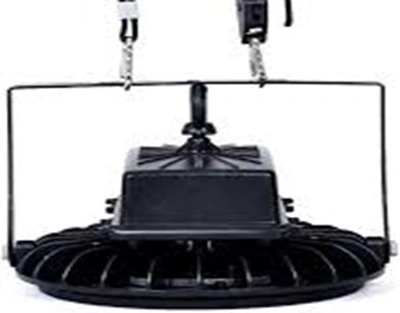
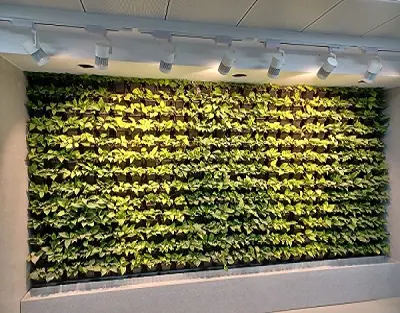
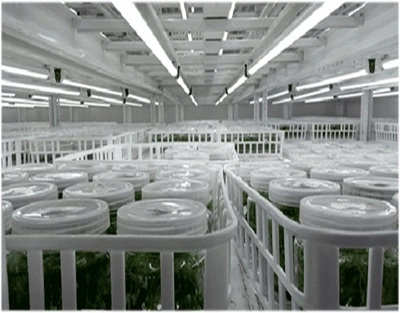
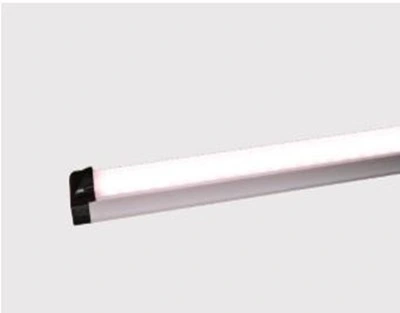
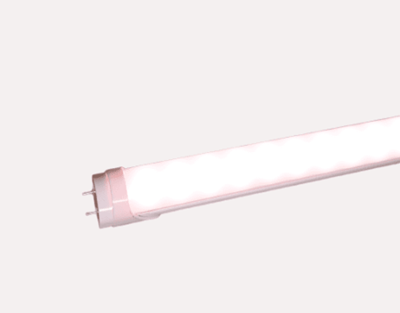
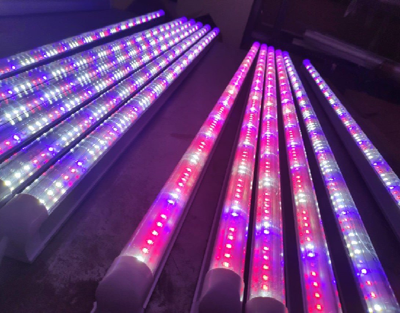
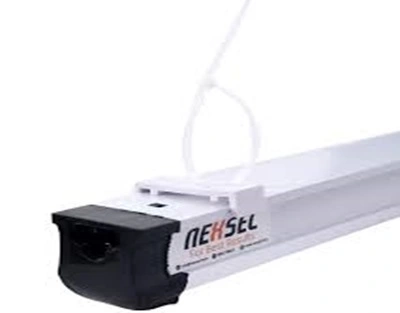
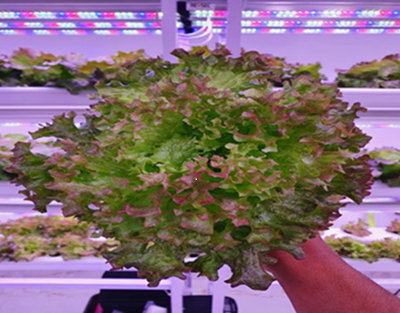
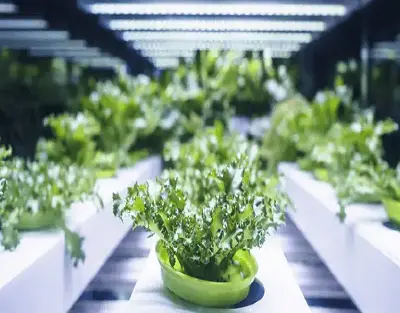
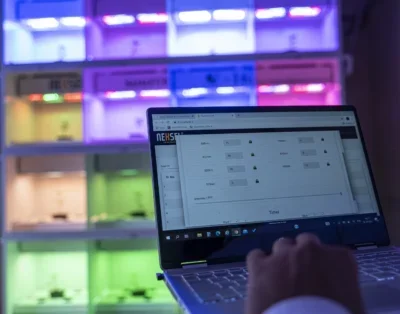


SAMBI REDDY
LIGHT METERS FOR GREENHOUSE AND LEDS LIGHTS FOR GREENHOUSE
MY WHATSAPP 7416672734